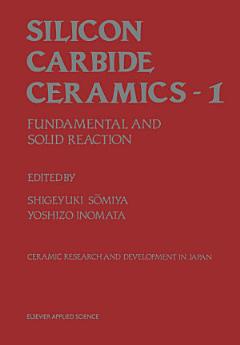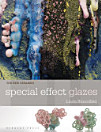Silicon Carbide Ceramics—1: Fundamental and Solid Reaction
S. Somiya · Y. Inomata
Dec 2012 · Springer Science & Business Media
Ebook
250
Pages
reportRatings and reviews aren’t verified Learn More
About this ebook
Discovered by Edward G. Acheson about 1890, silicon carbide is one of the oldest materials and also a new material. It occurs naturally in meteorites, but in very small amounts and is not in a useable state as an industrial material. For industrial require ments, large amounts of silicon carbide must be synthesized by solid state reactions at high temperatures. Silicon carbide has been used for grinding and as an abrasive material since its discovery. During World War II, silicon carbide was used as a heating element; however, it was difficult to obtain high density sintered silicon carbide bodies. In 1974, S. Prochazka reported that the addition of small amounts of boron compounds and carbide were effective in the sintering process to obtain high density. It was then possible to produce high density sintered bodies by pressureless sintering methods in ordinary atmosphere. Since this development, silicon carbide has received great attention as one of the high temperature structural ceramic materials. Since the 1970s, many research papers have appeared which report studies of silicon carbide and silicon nitride for structural ceramics.
Rate this ebook
Tell us what you think.
Reading information
Smartphones and tablets
Install the Google Play Books app for Android and iPad/iPhone. It syncs automatically with your account and allows you to read online or offline wherever you are.
Laptops and computers
You can listen to audiobooks purchased on Google Play using your computer's web browser.
eReaders and other devices
To read on e-ink devices like Kobo eReaders, you'll need to download a file and transfer it to your device. Follow the detailed Help Center instructions to transfer the files to supported eReaders.






